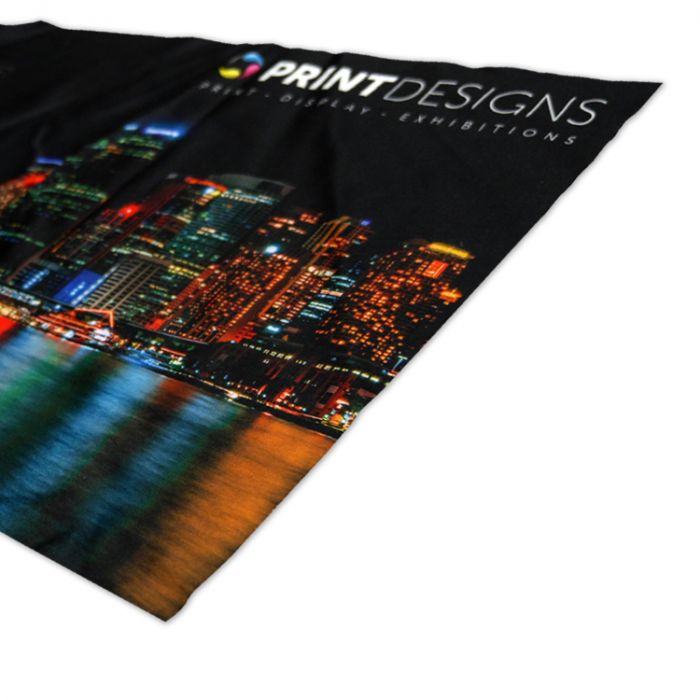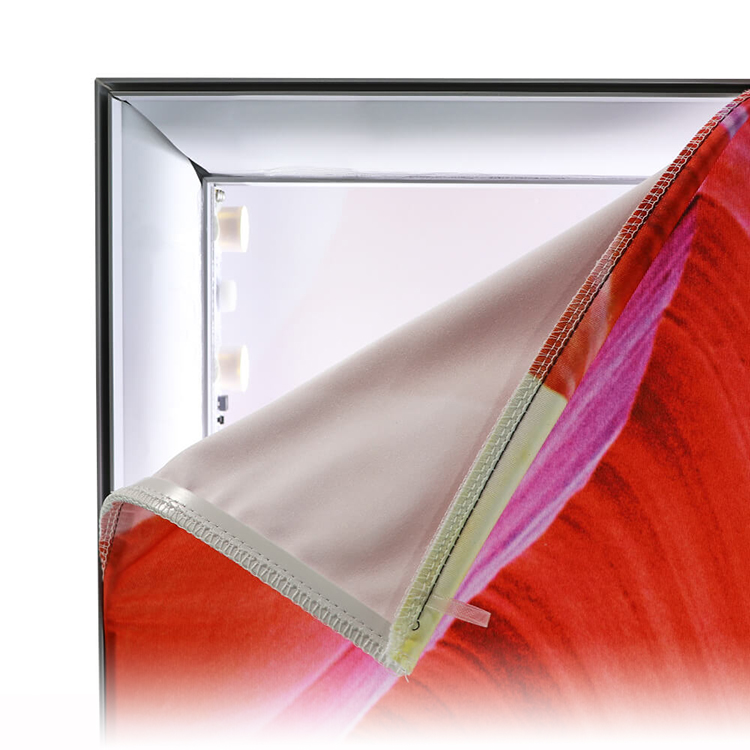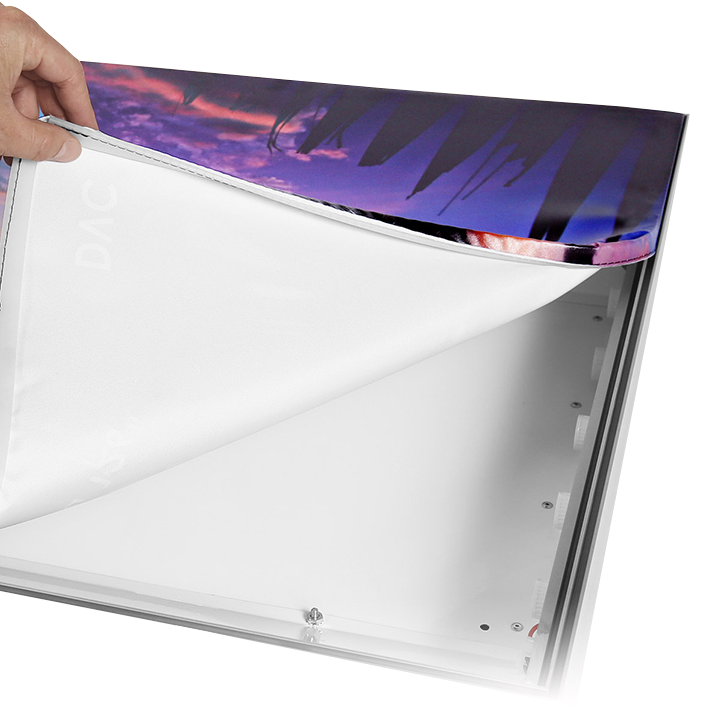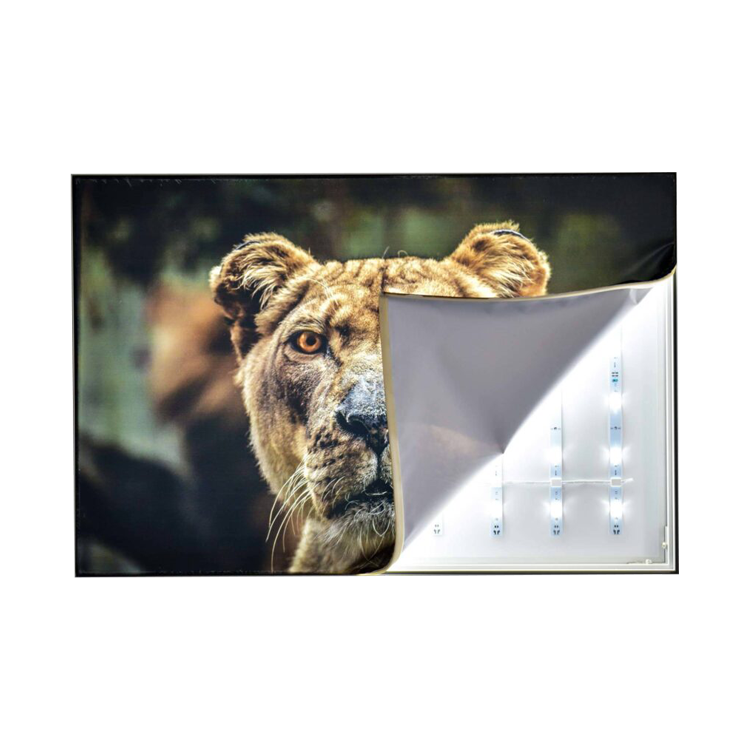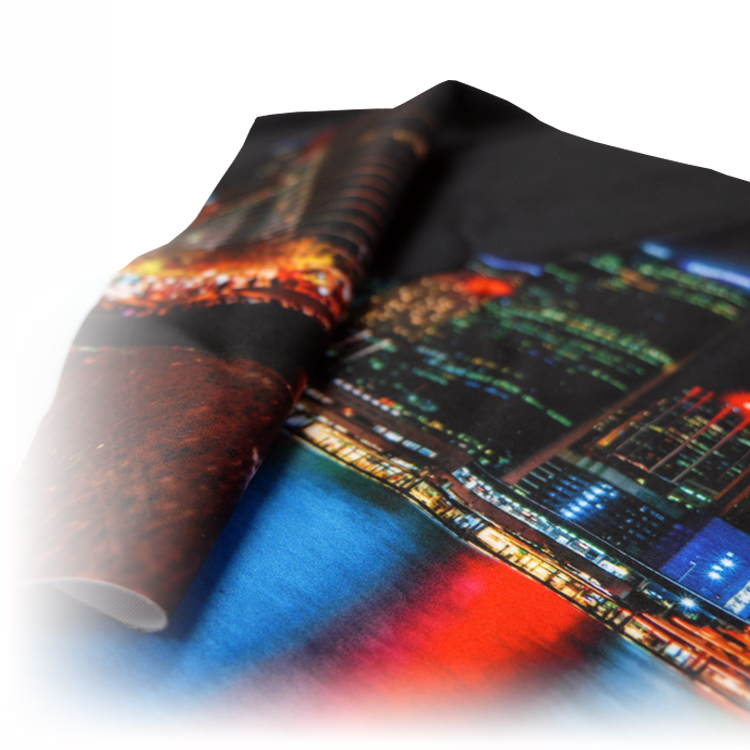Backlit Fabric Printing
- Polyester-based fabric for backlighting
- Diffuser layer for even illumination
- Suitable for tensioned fabric frames and lightboxes
- Can be printed with a UV or dye sublimation process
- Printed from the roll up to 3.1M wide x any length
- Can be sewn with velcro or silicone edging
Seen it cheaper?
Challenge us to beat that price!
- Thursday 24th Julystandard
- Monday 28th Julyeconomy
- Monday 21st Julyexpress

